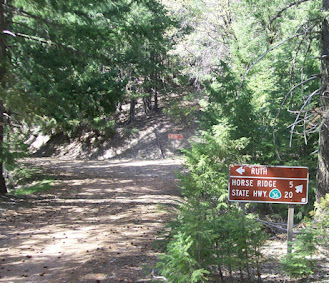POST DISASTER RESTORATION KEY TO SUSTAINABLE RECREATION
Land management professionals in both the private and public sectors have noted the increased amount of diverse recreational activities that exploded during and since the COVID pandemic. It’s understandable that people wanted to escape the shutdowns by visiting the great outdoors that exist on public lands.
Unfortunately, that increased use occurred when
government offices were boarded up and field staff were directed to work from
home with little, if any, in-person contact with the public. It was almost impossible for recreation staff
and seasonal workers to keep up with even the baseline services at campgrounds
such as cleaning restrooms or picking up trash.
The more specialized services such as trail maintenance and
repairs also suffered from capacity challenges at local, state, and federal
recreation areas. With many designated campgrounds
being overcrowded on the weekends, some users selected to “create” or “designate”
their own defacto developed site that often included an informal trail network
or play area where target shooting, fireworks, all night music parties, and
other activities occurred that were not authorized or permitted on public
lands.
One of the issues that I noted at or near designated or
historic OHV recreation areas were impacts to grasslands and forest regions from
off-route travel where motorized use had not been authorized or allowed.
The good news is that numerous land agencies responded to
unauthorized OHV and other recreational uses - and the resulting resource
impacts - by completing significant restoration projects to regrow damaged
vegetation, protect cultural resources, install or reconstruct soil loss mitigation
structures, and replace damaged barriers and signage.
One such unit is the BLM’s Ukiah Field Office that manages
the Walker Ridge area. There was an
historic staging site that was impacted by illegal recreational activities
where some groups unofficially created their own designated play area and route
network that damaged lands not open for motorized use.
On a recent field trip to review post-COVID inspired
recreation impacts to closed areas, I was pleased to see the BLM’s restoration
efforts on Walker Ridge were successful in controlling soil loss,
reestablishing native vegetation, enhancing vehicle barriers to restrict
off-route travel, and signing to inform the public about protecting cultural/natural
resources and what areas are open or closed to vehicle use.
Public lands will continue to face natural disasters of
various types and the challenges they create for generations to come. Having access to the appropriate tools and
the ability to implement their use in a timely manner will ensure the future of
sustainable recreation for outdoor enthusiasts.
# # #























